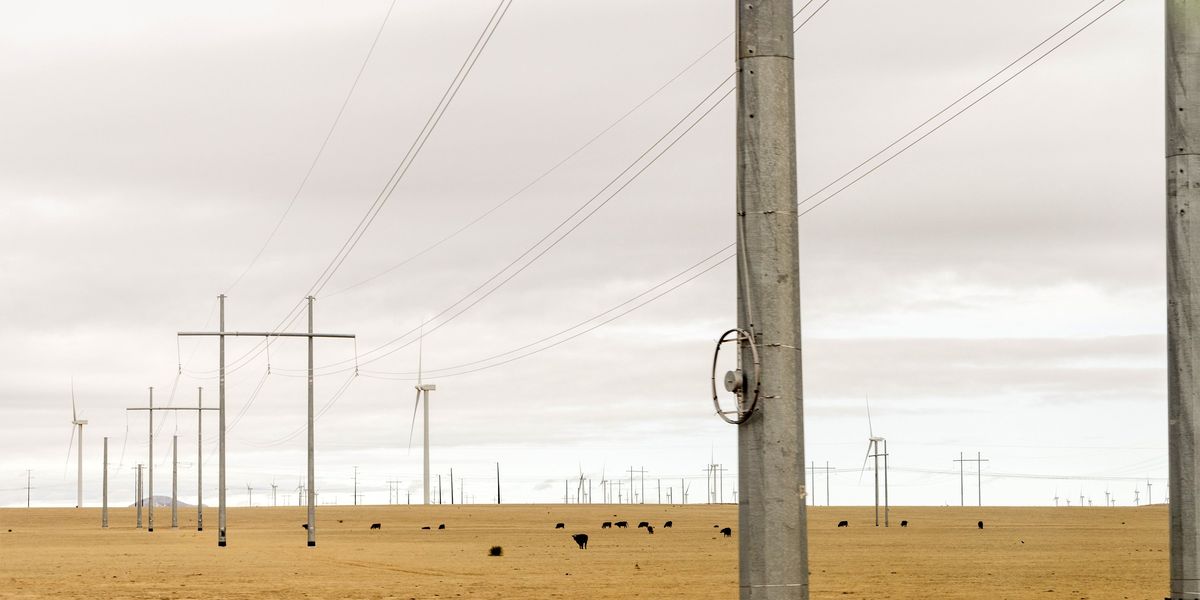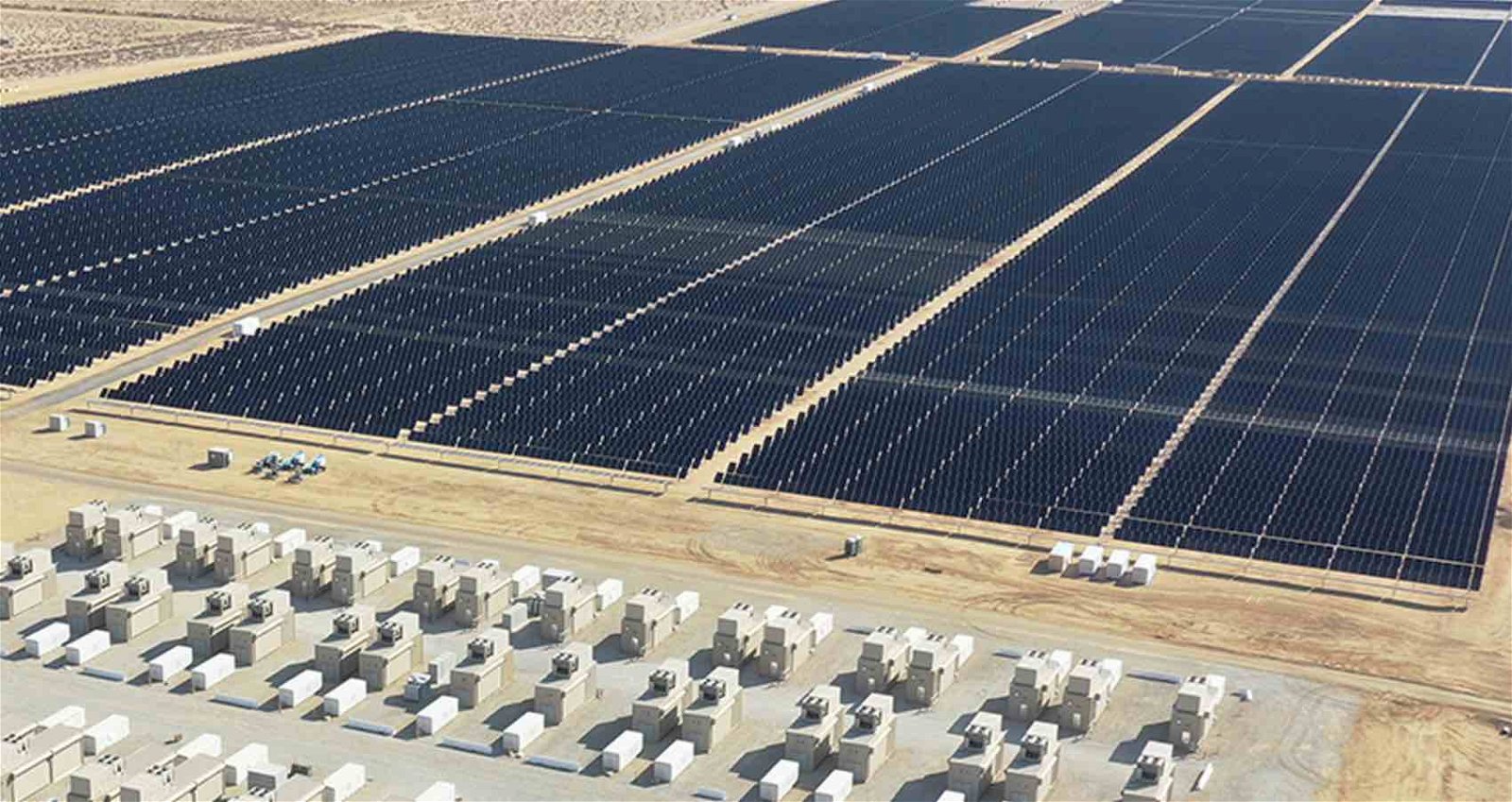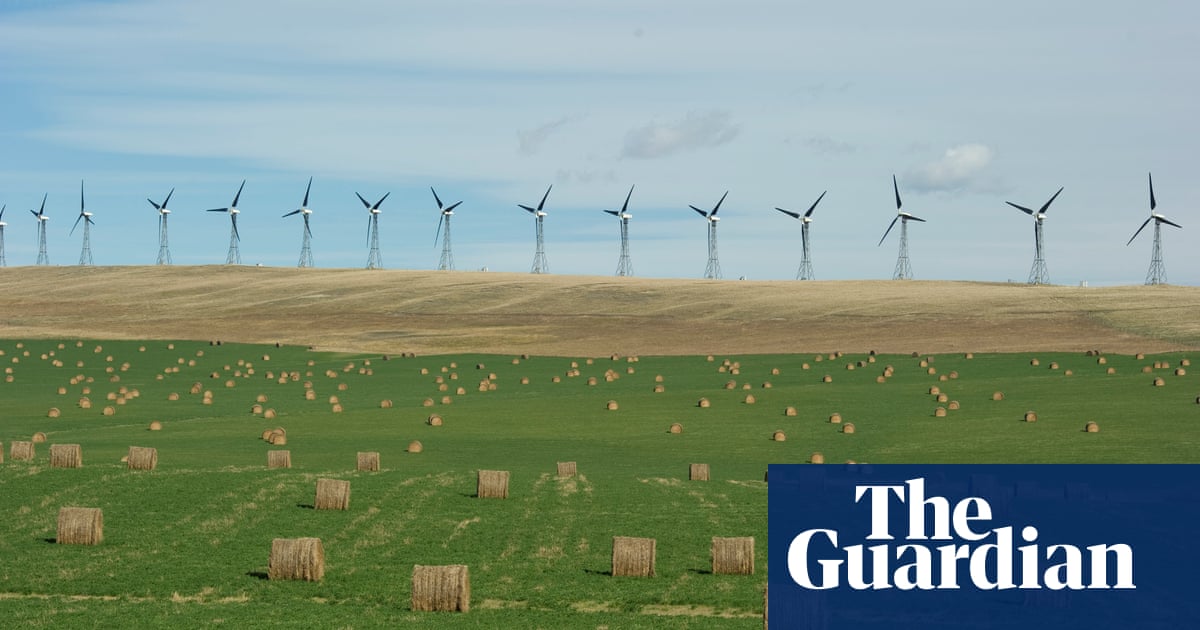Welcome to Tesla Motors Club
Discuss Tesla's Model S, Model 3, Model X, Model Y, Cybertruck, Roadster and More.
Register
Install the app
How to install the app on iOS
You can install our site as a web app on your iOS device by utilizing the Add to Home Screen feature in Safari. Please see this thread for more details on this.
Note: This feature may not be available in some browsers.
-
Want to remove ads? Register an account and login to see fewer ads, and become a Supporting Member to remove almost all ads.
You are using an out of date browser. It may not display this or other websites correctly.
You should upgrade or use an alternative browser.
You should upgrade or use an alternative browser.
Prediction: Coal has fallen. Nuclear is next then Oil.
- Thread starter nwdiver
- Start date
-
- Tags
- Energy Environment Policy
CrazyRabbit
Active Member
Interesting article, figures are in GWh (energy).
Interesting article, figures are in GWh (energy).
Everytime I see a right wing troll posting about how fossil fuel is the way to go, I throw TX, soon to beat CA in renewables, in their face. LOL
mspohr
Well-Known Member

Profiteering Hampers U.S. Grid Expansion
Private utility companies are blocking new interregional transmission lines
 spectrum.ieee.org
spectrum.ieee.org
The United States is not building enough transmission lines to connect regional power networks. The deficit is driving up electricity prices, reducing grid reliability, and hobbling renewable-energy deployment.
At the heart of the problem are utility companies that refuse to pursue interregional transmission projects, and sometimes even impede them, because new projects threaten their profits and disrupt their industry alliances. Utilities can stall transmission expansion because out-of-date laws sanction these companies’ sweeping control over transmission development.
mspohr
Well-Known Member
Also, this interesting thing about batteries:Everytime I see a right wing troll posting about how fossil fuel is the way to go, I throw TX, soon to beat CA in renewables, in their face. LOL
Battery storage: booming price arbitrage.
Battery storage isn’t a power generator. But it makes an arbitrage possible: Buying electricity during periods of the day when demand and wholesale prices are low, and selling electricity during the time of the day when demand peaks and prices are high.Batteries allow the power generated by wind and solar to be sold at the most profitable periods of the day, regardless of when it was generated. And that has turned into a big business opportunity.
In 2023, installed battery capacity jumped to about 16 Gigawatts, up from around 10 GW in 2022 and up from about 5 GW in 2021, according to the EIA. For 2024, the EIA expects another 16 GW in capacity to be added, bringing total capacity by the end of 2024 to about 32 GW. In other words, from 2021 through 2024, battery storage capacity increased six-fold.
California (#1 solar power generation, #6 wind power generation) has the largest installed battery capacity, with 7.3 GW (as of November).
Texas (#1 wind power generation, #2 solar power generation) has the second largest installed battery capacity, with 3.2 GW (as of November).
California and Texas together account for about two-thirds of the total installed capacity.
Also, this interesting thing about batteries:
Battery storage: booming price arbitrage.
Battery storage isn’t a power generator. But it makes an arbitrage possible: Buying electricity during periods of the day when demand and wholesale prices are low, and selling electricity during the time of the day when demand peaks and prices are high.
Batteries allow the power generated by wind and solar to be sold at the most profitable periods of the day, regardless of when it was generated. And that has turned into a big business opportunity.
In 2023, installed battery capacity jumped to about 16 Gigawatts, up from around 10 GW in 2022 and up from about 5 GW in 2021, according to the EIA. For 2024, the EIA expects another 16 GW in capacity to be added, bringing total capacity by the end of 2024 to about 32 GW. In other words, from 2021 through 2024, battery storage capacity increased six-fold.
California (#1 solar power generation, #6 wind power generation) has the largest installed battery capacity, with 7.3 GW (as of November).
Texas (#1 wind power generation, #2 solar power generation) has the second largest installed battery capacity, with 3.2 GW (as of November).
California and Texas together account for about two-thirds of the total installed capacity.
Imagine every home with its own small battery buffer to meet its peak demand and all the utility has to do is deliver at a constant rate 24x7 based on the seasons... this is where coal and nuclear MIGHT regain some advantage with higher Capacity Factor.
ItsNotAboutTheMoney
Well-Known Member
That would either makes things even easier for intermittent renewables, or CCGT would kick coal and nuclear's ass even harder than it already has.Imagine every home with its own small battery buffer to meet its peak demand and all the utility has to do is deliver at a constant rate 24x7 based on the seasons... this is where coal and nuclear MIGHT regain some advantage.
More storage would increase the importance of levelized cost over everything else.
ItsNotAboutTheMoney
Well-Known Member
For reference, pumped hydro is around 23GW with about twice the usage factor. Batteries are becoming as impactful and will continue to grow, and can do so without dependency on geology.Also, this interesting thing about batteries:
Battery storage: booming price arbitrage.
Battery storage isn’t a power generator. But it makes an arbitrage possible: Buying electricity during periods of the day when demand and wholesale prices are low, and selling electricity during the time of the day when demand peaks and prices are high.
Batteries allow the power generated by wind and solar to be sold at the most profitable periods of the day, regardless of when it was generated. And that has turned into a big business opportunity.
In 2023, installed battery capacity jumped to about 16 Gigawatts, up from around 10 GW in 2022 and up from about 5 GW in 2021, according to the EIA. For 2024, the EIA expects another 16 GW in capacity to be added, bringing total capacity by the end of 2024 to about 32 GW. In other words, from 2021 through 2024, battery storage capacity increased six-fold.
California (#1 solar power generation, #6 wind power generation) has the largest installed battery capacity, with 7.3 GW (as of November).
Texas (#1 wind power generation, #2 solar power generation) has the second largest installed battery capacity, with 3.2 GW (as of November).
California and Texas together account for about two-thirds of the total installed capacity.
ItsNotAboutTheMoney
Well-Known Member
BTW, their totals includes small scale PV. Take that away and you have 2023 utility-scale generation only about 20TWh higher than 2007.
Interesting article, figures are in GWh (energy).
That is why places like AZ are imposing new fees on rooftop solar owners. When you can’t compete, you change the rules.BTW, their totals includes small scale PV. Take that away and you have 2023 utility-scale generation only about 20TWh higher than 2007.
wait, are they going to tax us for not smoking cigarettes?That is why places like AZ are imposing new fees on rooftop solar owners. When you can’t compete, you change the rules.

This Massive Solar Farm, One of the Largest Projects in DoD History, Is Changing How We Look at Solar Energy - The Debrief
The massive Edwards Sanborn Solar and Energy Storage facility went online this month, and is changing how we look at solar energy.
David_Cary
Active Member
That quote from Kale - "Only in America" - he really needs to get out more. I realize that it is just a speech but that some people will eat that up is really pathetic. Also that statement about homes being without power for the reason stated is false from my understanding.
"An astounding 3,3287 (sic)"
"arid Mojave Desert is also one of the largest areas in the world where energy from the Sun reaches the ground" - wait, wait, the energy from the Sun (sic) reaches the ground?!? - who knew the sun's energy reached the ground? And maybe the author is a sun worshiper and feels it needs to be capitalized?
Nothing about this article says anything about "changing how we look at solar energy".
Who writes this crap?
"An astounding 3,3287 (sic)"
"arid Mojave Desert is also one of the largest areas in the world where energy from the Sun reaches the ground" - wait, wait, the energy from the Sun (sic) reaches the ground?!? - who knew the sun's energy reached the ground? And maybe the author is a sun worshiper and feels it needs to be capitalized?
Nothing about this article says anything about "changing how we look at solar energy".
Who writes this crap?
Did you guys see the max wind and solar maps, almost the same patch, max west texas for both
Dakotas to Texas vertically for wind, Az to Texas horizontally for sun
not the coasts where the majority of the population is
We've all read about interconnected grids is the most important, to bring that center sustainable energy to the coasts
wind

Solar

Dakotas to Texas vertically for wind, Az to Texas horizontally for sun
not the coasts where the majority of the population is
We've all read about interconnected grids is the most important, to bring that center sustainable energy to the coasts
wind
Solar
Need a few more maps to complete the collection...
Potential for geothermal power. Small (~20MW) air cooled plants are great for the smaller cities in arid areas west of 100W longitude.

The coasts have offshore wind potential, even if it is a higher LCOE for offshore:

Don't forget reservoir based ("self charging battery") and in steam flow hydro...

Pumped hydro storage potential sites. There's an Australian study that has more sites than this though, many of which already have one of the two reservoirs in place.

And of course batteries can go pretty much anywhere....
Potential for geothermal power. Small (~20MW) air cooled plants are great for the smaller cities in arid areas west of 100W longitude.
The coasts have offshore wind potential, even if it is a higher LCOE for offshore:
Don't forget reservoir based ("self charging battery") and in steam flow hydro...
Pumped hydro storage potential sites. There's an Australian study that has more sites than this though, many of which already have one of the two reservoirs in place.
And of course batteries can go pretty much anywhere....
Last edited:
ItsNotAboutTheMoney
Well-Known Member
It should be noted that the coasts aren't _that_ bad. If you can transmit the power from the powerhouses it's just a way of lowering cost.Did you guys see the max wind and solar maps, almost the same patch, max west texas for both
Dakotas to Texas vertically for wind, Az to Texas horizontally for sun
not the coasts where the majority of the population is
We've all read about interconnected grids is the most important, to bring that center sustainable energy to the coasts
wind
View attachment 1023182
Solar
View attachment 1023184
mspohr
Well-Known Member
Alberta puts a effective ban on renewables "to preserve views"

 www.theguardian.com
www.theguardian.com
Alberta will block renewable energy projects on “prime” agricultural land and limit the placement of wind turbines to preserve “pristine viewscapes”, a decision that increasingly pits the western Canadian province against environmental groups pushing green energy – and the companies investing in it.
He called the “unprecedented” 35km buffer zone a “backdoor land ban” that could eliminate the possibility of projects in three-quarters of southern Alberta.

Alberta to ban renewables on ‘prime’ land and preserve ‘pristine viewscapes’
Decision by premier Danielle Smith further pits Canadian province against environmental groups pushing green energy
Alberta will block renewable energy projects on “prime” agricultural land and limit the placement of wind turbines to preserve “pristine viewscapes”, a decision that increasingly pits the western Canadian province against environmental groups pushing green energy – and the companies investing in it.
He called the “unprecedented” 35km buffer zone a “backdoor land ban” that could eliminate the possibility of projects in three-quarters of southern Alberta.
ItsNotAboutTheMoney
Well-Known Member
Hilarious in the sadness of it.Alberta puts a effective ban on renewables "to preserve views"

Alberta to ban renewables on ‘prime’ land and preserve ‘pristine viewscapes’
Decision by premier Danielle Smith further pits Canadian province against environmental groups pushing green energywww.theguardian.com
Alberta will block renewable energy projects on “prime” agricultural land and limit the placement of wind turbines to preserve “pristine viewscapes”, a decision that increasingly pits the western Canadian province against environmental groups pushing green energy – and the companies investing in it.
He called the “unprecedented” 35km buffer zone a “backdoor land ban” that could eliminate the possibility of projects in three-quarters of southern Alberta.

Utility solar dethrones coal as the cheapest power source in Asia
Renewable energy costs in Asia last year were 13% cheaper than coal and are expected to be 32% cheaper by 2030, according to a new study.
 electrek.co
electrek.co
Similar threads
- Replies
- 13
- Views
- 2K
- Replies
- 1
- Views
- 2K
- Replies
- 77
- Views
- 11K
- Replies
- 32
- Views
- 7K


